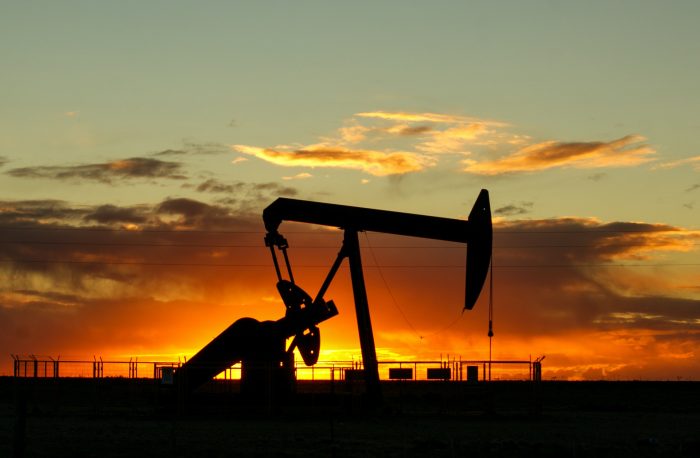Oil and gas drilling has serious impacts on both wildlife and communities. The round-the-clock drilling causes pollution, which speeds up climate change and disrupts the earth’s ecosystems. Several countries still rely on petroleum and its derivatives as the main energy sources. This drives up demand, increasing the attendant pollution of the environment and overall global warming. The ultimate impact is irreversible degradation.
To help protect the wildlife, everyone needs to reduce the use of fossil fuel energy as much as possible. It is advisable to drive cars as little as possible and take greater advantage of public transport. Moreover, turning off machines when not in use also helps. However, the ultimate solution is to turn to renewable sources of energy instead of fossil fuels.
Health impacts of contamination
Air contamination from petroleum derivatives is extremely dangerous. It causes respiratory and cardiovascular diseases. In fact, such ailments are the cause of more than 13% of deaths in individuals aged 14 and above in the United States. Additionally, petroleum waste such as used oil is equally dangerous, as it contaminates the soil and drinking water sources, causing deadly diseases to occur.
Drilling-related pollution has severely affected some areas. In many cases, drilling companies have ignored the plight of the inhabitants. Consequently, the communities in these areas have decided to retaliate. Take for example Greeley in Colorado where an oil and gas company was banned from carrying out work, as it exposed inhabitants to toxic pollutants on a daily basis without redress.
Risk of environmental change
Environmental change is occurring at this very moment. The year 2020 was one of the hottest on record. Out-of-control fire seasons in the West are now much longer and tropical storms are more perilous. The main cause is excessive production of carbon dioxide from burning fossil fuels, into the atmosphere. This depletes the earth’s protective ozone layer, thus increasing global warming.
Though everyone is affected, communities living in crowded residences are the most impacted. They tend to live in large open spaces that are treeless. They are therefore more susceptible to harmful climatic conditions. Trees help to regulate gasses like carbon dioxide, by consuming them. In open spaces, such regulation does not exist. Consequently, the inhabitants are more exposed to various illnesses.
Non-renewable energy sources extraction repels visitors
Trackers, fisherfolk, climbers, bird watchers, and tourists go into the wild to encounter nature. However, a lot of air, ground, and water contamination negatively affect their activities. Toxic gasses in the air make these areas unattractive to visitors. Polluted water kills fish while causing birds to also migrate away. The outcome is a negative economic impact in areas affected by nefarious activities.
In 2019, guests to public parks spent an estimated $21.0 billion on their excursions, according to the National Park Service. However, the excessive extraction and use of fossil fuels is affecting the natural fauna in parks, with some species dying out. This is due to adverse weather conditions caused by climate change. This is significantly reducing visitors and income from the parks.
Disruption of the natural living environment
Oil and gas extraction causes disruption of natural life. Loud noise pollution caused by the rigs and heavy vehicle traffic is a great nuisance to people and animals. The activities also disrupt the migration patterns of some birds, affecting their reproductive circle. For instance, drilling activities on some beaches drive away migratory birds which regularly fly in to lay their eggs there.
Oil slicks can be destructive to creatures
Huge oil slicks are large enemies of natural life and can harm marine biological systems. One ready example is BP’s Deepwater Horizon spill in the Gulf of Mexico in 2010. It spread oil across 68,000 square miles of the ocean surface. This killed roughly 1 million seabirds, 5,000 marine vertebrates, and 1,000 ocean turtles. Such incidents have an enormous destructive environmental impact.
Light contamination impacts wildlife
The glare from oil and gas rigs is so bright, it’s visible from space. The light comes from the burning of flammable gas. Researchers opine that this is a general nuisance, especially at night. The lights affect the activities of nocturnal animals on land and sea. For instance, turtle hatchlings die of exhaustion by walking away from the sea, distressed by the lights.
The brilliance is additionally affecting human recreational activities. The Chaco National Park Recreation Center is the best spot on the planet to stargaze. However, its flawless skies could vanish from nature because of the glare coming from oil and gas drilling. The show could come to a permanent end if the central government doesn’t forever shield the region from this interference.
The lasting impacts on the environment
Oil and gas extraction leaves behind disastrous effects on land. The development of streets and offices requires the use of heavy machines that destroy wildlife. The harm is almost irreversible. It takes hundreds of years for some wildlife species to recover from such destruction. Even if oil and gas organizations leave these areas, some species will never recover fully from the onslaught.


 Share on bsky
Share on bsky





Read 0 comments and reply